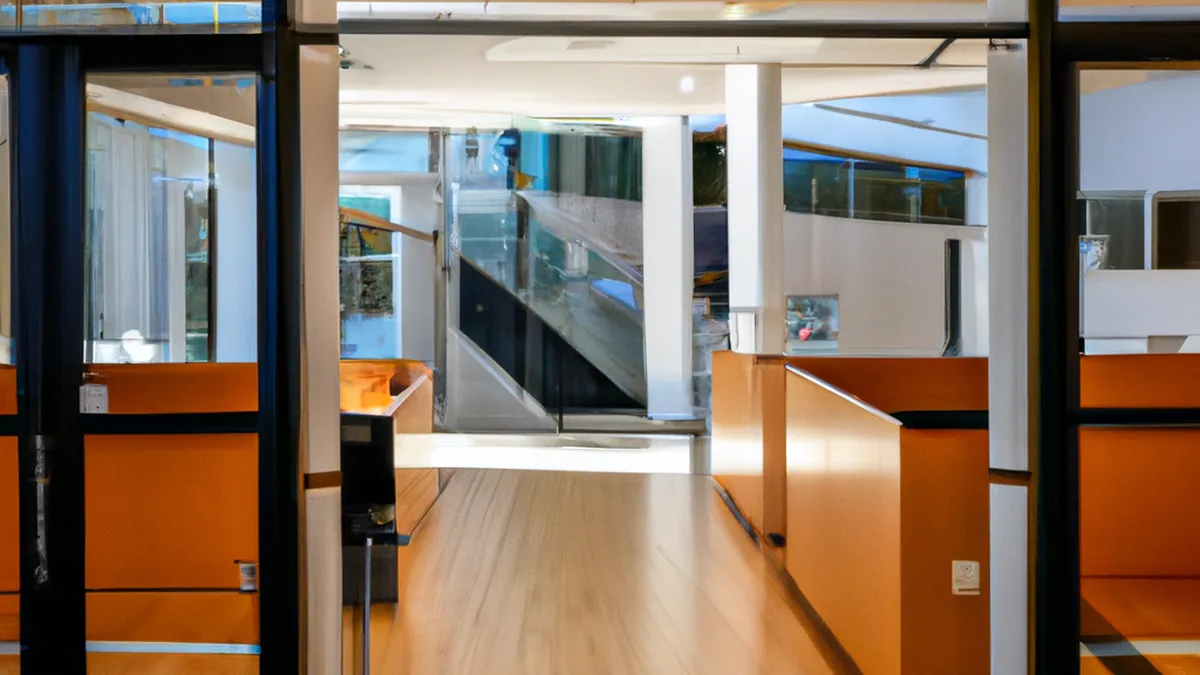Set the Scene for Flow in Training
How to Create a Flow-Inducing Environment for Training
Creating a flow-inducing environment maximizes learning. Flow immerses individuals, helping them produce their best work. Focus on key elements to achieve this state. Let’s explore how to set the stage for optimal training.
Understand What Flow Is
Flow happens when challenges match skill levels. This balance immerses learners, enhancing focus. Design your training spaces and activities thoughtfully. Consider environment, tools, and schedule.
Create a Distraction-Free Environment
Minimize distractions in your training area. A cluttered space hampers concentration. Remove unnecessary items like phones and visual distractions. Provide a quiet room or designated area for training. Use soft lighting to create a calming atmosphere.
Use the Right Tools
Equip your training environment with appropriate tools. Use technology to enhance learning effectively. Invest in quality equipment like projectors and screens. Choose software that facilitates interaction and real-time feedback. Ensure all tools function properly before each session.
Design Engaging Activities
Design engaging training activities that encourage participation. Use games, discussions, and hands-on tasks. Break large groups into smaller teams for collaborative tasks. This promotes interaction and builds a sense of community.
Tips for Structuring Training Sessions
Structure your training sessions effectively to maximize flow. Start with clear goals that outline the learning objectives. Mix different activities to maintain energy and cater to various learning styles.
Balance Challenge and Skill
Match challenges to participants’ skill levels. Avoid tasks that are too easy or too challenging. Adjust activities as needed, offering different tracks for varying skill levels.
Include Breaks and Downtime
Incorporate breaks into your training schedule. Short breaks help participants recharge. Use this time for stretching and casual conversation. Consider mindfulness techniques during breaks to enhance engagement.
Advice for Creating a Positive Atmosphere
Foster a positive atmosphere to support flow. Encourage openness and collaboration among participants. Use icebreakers to build rapport and reduce anxiety. Comfortable individuals participate more actively.
Foster a Sense of Autonomy
Give participants control over their learning. Offer choices in topics and engagement methods. Empowered individuals invest more in the training experience, boosting motivation.
Encourage Feedback and Adaptation
Encourage feedback throughout the training process. Ask participants what works and what doesn’t. Use this information to adapt your approach. Flexibility creates a dynamic learning environment and values learners.
Benefits of a Flow-Inducing Environment
A flow-inducing environment offers numerous benefits. Participants retain information better when engaged. Productivity increases, leading to higher-quality work.
A positive atmosphere fosters collaboration and idea-sharing. This enhances learning and builds community. Additionally, a pleasant training experience boosts overall morale and encourages future participation.
Conclusion
Creating a flow-inducing environment is essential for effective learning. Minimize distractions, use appropriate tools, and design engaging activities. Structure sessions thoughtfully and include breaks. Create a positive atmosphere where participants feel valued. These steps enhance learning and enjoyment. Embrace these strategies to elevate your training sessions and experience the transformative effects of flow.
Below are related products based on this post:
FAQ
What is flow, and why is it important in a training environment?
Flow is a mental state where individuals become fully immersed in their activities, resulting in enhanced focus and performance. It is important in a training environment because achieving flow can maximize learning, improve retention, and increase productivity by matching challenges with participants’ skill levels.
How can I minimize distractions during training sessions?
To minimize distractions, create a clutter-free training area by removing unnecessary items like phones and visual distractions. Providing a quiet room or designated area for training, along with soft lighting, can help create a calming atmosphere conducive to focus and engagement.
What strategies can I use to foster a positive atmosphere during training?
To foster a positive atmosphere, encourage openness and collaboration among participants. Use icebreakers to build rapport, offer choices in learning topics and methods to promote autonomy, and actively seek feedback to adapt your approach. These strategies help create a supportive environment that enhances engagement and participation.















Post Comment